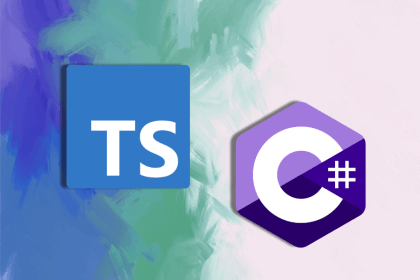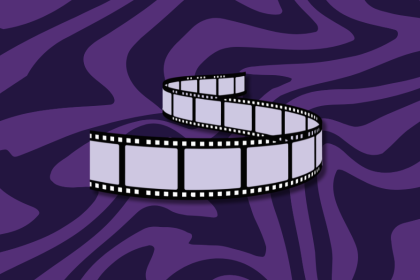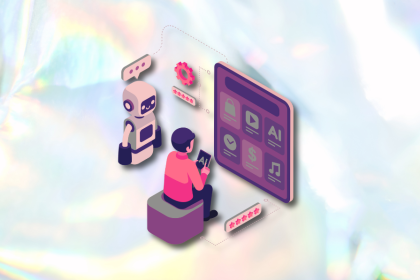
Coming from C# can quietly sabotage your TypeScript code. This article shows how to swap nullable flags and enums for discriminated unions and literal types so your Angular apps model state cleanly and stay easy to reason about.

Learn why slide decks slow teams down and explore better tools like whiteboards, PRDs, and prototypes to improve collaboration and alignment.

From pixel art to neon palettes, retro design is resurging across marketing, gaming, fashion, and indie web. Learn how nostalgia, brand differentiation, and anti-minimalism fatigue are shaping modern UX and how to balance style with usability.

90s website design was a maximalist playground of GIFs, bold colors, quirky fonts, and textured layouts. Learn how this experimental era influenced modern flat design, UX principles, and the nostalgic design trends of today.

Nostalgic design taps into familiar visuals and interactions to trigger happy memories, boost engagement, and foster brand loyalty. Learn how typography, color, sound, and retro patterns can evoke positive emotions while keeping your UX accessible and functional.

You can use 90s-inspired visuals without repeating 90s mistakes. This piece breaks down which retro elements to reuse, which pitfalls to avoid, and a simple framework for balancing nostalgia with modern UX.

Maximalism defined the 90s web with neon colors, dense text, textures, and endless GIFs. This article explains why the style emerged and how its “more-is-more” energy compares to the minimalist UX standards we rely on today.

The 90s web was chaotic, colorful, and full of improvisation and it shaped more of modern UX than we admit. This article traces how tables, GIFs, and bold palettes evolved into today’s grids, micro-animations, and clean hierarchy.

I’ve tested dozens of Figma AI plugins, and only a handful earned a permanent spot in my workflow. In this article, I break down the tools that actually help me ideate, wireframe, write, and test with more speed and clarity.

Nostalgia-driven aesthetics is a real thing. In this blog, I talk all about 90s website designs — from grunge-inspired typography to quirky GIFs and clashing colors — and what you can learn from them.

Learn how ChatGPT’s new browser Atlas fits into a frontend developer’s toolkit, including the debugging and testing process.

Users don’t think in terms of frontend or backend; they just see features. This article explores why composition, not reactivity, is becoming the core organizing idea in modern UI architecture.